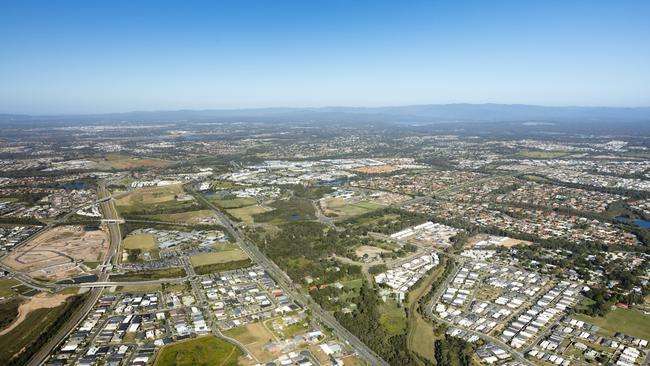Queensland housing powers on amid population surge
A wave of sea and tree changers from other states into Queensland has driven the state to the top of the nation’s housing scorecard.

Prime Site
Don't miss out on the headlines from Prime Site. Followed categories will be added to My News.
Queensland has returned to the top of the Housing Industry Association’s latest Housing Scorecard, its rise underpinned by population growth and rising demand.
Buoyed by strong interstate and international migration, building activity in Queensland put it on top, but only by a narrow margin. There had also been strong growth in established Queensland house prices.
“The ongoing wave of sea and tree changers from other states into Queensland has pushed the Sunshine State to the top spot in HIA’s Housing Scorecard,” said HIA economist Maurice Tapang.
The scorecard shows that Queensland continues to perform well against almost every indicator of housing activity. The scorecard benchmarks contemporary levels of activity in each state and territory against long-term averages across home building and renovations activity, lending data and population flows.
Mr Tapang said population movements from overseas and interstate, into both north Queensland and the southeast corner, had supported home buying activity in the state.
“Strong demand amid limited supply has led to a rise in residential building activity in Queensland, including both new homes and renovations,” he said.
“Following Queensland in these rankings are Western Australia and South Australia, where there is strong ongoing demand for building new homes.
“Exceptionally low unemployment rates, strong population growth and stable interest rates have sustained the key dynamics necessary for strong demand for new home building.”
Mr Tapang said with a relatively stable macro-dynamic, it would increasingly be state government policies and economic outlooks that would determine the strength of home building over the short to medium term.
“Just as state and local government policies set the limit to the floor in this cycle, the diverging outlook between home building markets will also be determined by the same policy decisions,” he said. “States that are able to offer employment opportunities and more affordable residential land will see a stronger outlook for home building activity in coming years.”
Mr Tapang said WA’s rise to second place on the scorecard, was its highest ranking since September 2013, and “the momentum of ongoing population growth and home building” in the state could put it atop the list in 2025.
More acute affordability constraints for land and housing in Victoria and NSW held back the states. This was especially true in Sydney, where the cost of land and housing remained prohibitively high for the average buyer. Ongoing and rapid population loss from NSW also dragged it down the rankings.
More Coverage
Originally published as Queensland housing powers on amid population surge





